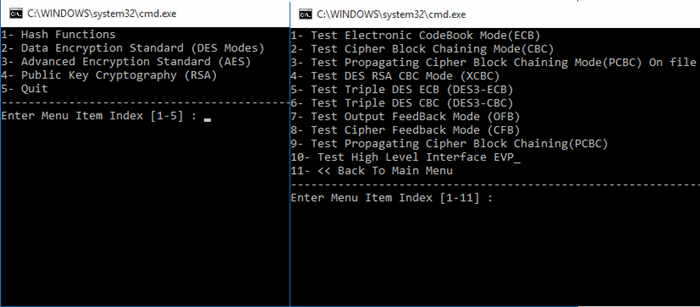C++ Openssl Generate Aes 256 Key
Apr 27, 2016 Encrypt data using AES and 256-bit keys. As you can see in the code we set the ciphertext, key and IV examples we created using openssl earlier and decoded them. Run the code and you should see “Decrypted Result: Hello Mr Warrender, This is good news” printed twice in the console. Richard Warrender. December 11, 2017. Use the OpenSSL command-line tool, which is included with the Master Data Engine, to generate AES 128-, 192-, or 256-bit keys. The madpwd3 utility is used to create the password.
This post briefly describes how to utilise AES to encrypt and decrypt files with OpenSSL.
AES - Advanced Encryption Standard (also known as Rijndael).
OpenSSL - Cryptography and SSL/TLS Toolkit
We’ll walk through the following steps:
- Generate an AES key plus Initialization vector (iv) with
openssland - how to encode/decode a file with the generated key/iv pair

Note: AES is a symmetric-key algorithm which means it uses the same key during encryption/decryption.

Generating key/iv pair
We want to generate a 256-bit key and use Cipher Block Chaining (CBC).
Why we need to generate ssh key. The basic command to use is openssl enc plus some options:
-P— Print out the salt, key and IV used, then exit-k <secret>or-pass pass:<secret>— to specify the password to use-aes-256-cbc— the cipher name
C Openssl Generate Aes 256 Key Loader
Note: We decided to use no salt to keep the example simple.
Issue openssl enc --help for more details and options (e.g. other ciphernames, how to specify a salt, …).
Encoding
Let's start with encoding Hello, AES! contained in the text file message.txt:
Decoding
Decoding is almost the same command line - just an additional -d for decrypting:
Fips 140-2
Note: Beware of the line breaks
Openssl Aes 128
While working with AES encryption I encountered the situation where the encoder sometimes produces base 64 encoded data with or without line breaks..
Openssl Aes Api
Short answer: Yes, use the OpenSSL -A option.